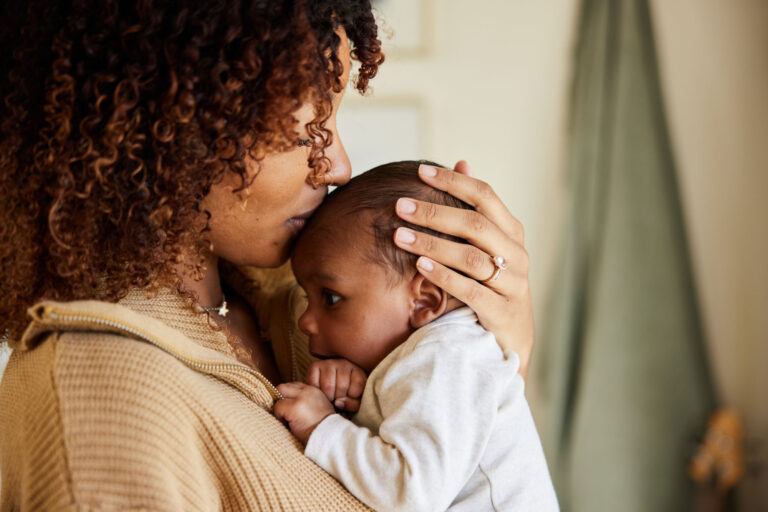California’s birth rate has reached near-record lows, contributing to a slowdown in the state’s population growth and portending decades of slow growth to come. What is—and is not—driving the state’s lower birth rates?
California’s birth rate (births per 1,000 residents) is at its lowest level in more than 100 years. The number of births has fallen from a peak in 1992 of 613,000 to 420,000 in 2021 (2022 is on track to be similar to 2021).
Moreover, California’s total fertility rate (the number of births a woman will have in her lifetime) is now the lowest since records have been kept. A rate of 2.1 children per woman is necessary to maintain a population at its current level (immigration and migration aside). California and the nation had fertility rates near population replacement levels in 2008, but every state falls below those levels today. California has fallen faster than most, dropping from 2.15 to 1.52—that’s from 17th highest to 43rd highest. California's decline is just behind Arizona, Nevada, Utah, and Idaho. The lightly populated upper plains states (the Dakotas and Nebraska) now have the highest fertility rates in the country.
Economic, social, health, and historical events play a large role in determining family sizes and birth rates. Economic downturns and uncertainty—including the Great Depression and the Great Recession—generally lead to reductions in birth rates. In contrast, the baby boom following World War II occurred as the economy grew rapidly and new social norms in favor of larger families became established. The changing status of women, in particular greater educational and employment opportunities, along with access to birth control pills, led to declines in birth rates in the 1970s, a period known as the baby bust. In California, increases in birth rates in the 1980s were driven largely by an influx of immigrants. Since then, birth rates have declined consistently as California has entered a new baby bust.
This new bust comes from especially sharp declines among young adults in their 20s, who are much less likely to get married than they were just 13 years ago. Marriage is a key factor for many in the decision to have children—the vast majority of births in California (66%) are to married women (29% are to women who never married and 5% are to women who are separated or divorced, according to the American Community Survey). Birth rates among married women in their 20s are five times higher than they are for single women in the same age range.
Other common explanations matter less than one might expect. While teen births have plunged, they were never common enough to drive broader trends. Housing costs undoubtedly play a role, but fertility has also dropped in states with cheaper housing. Even the pandemic’s effects appear temporary. Births dropped quickly nine months into the pandemic, but they have reverted back to course more recently.
California has recovered from low birth rates in the past, most recently through higher birth rates among immigrants. But immigration has declined dramatically, and birth rates in sending countries—most importantly Mexico—have also plummeted. Across most developed countries in the world, birth rates have remained persistently low and below replacement levels for decades.
Many countries with low birth rates have enacted policies that explicitly encourage birth rate increases. Some studies show that policies designed to support families, including parental leave, childcare support, and tax credits can make a difference. Even so, the net effect is generally not large enough to lift fertility rates back to replacement levels.
Without migration, California and the United States will experience population losses as people age and deaths outnumber births. Fewer children will mean declining K–12 enrollment and more school closures. Longer term, it will weaken demand for infrastructure, including housing and transportation. It will also mean fewer working-age adults to care for an aging senior population. However, lower birth rates could also allow for more investment per child and may spur environmental gains that accrue from a lower population. As California’s population declines, it is essential to keep these longer-term effects in mind to create better outcomes for the future of our state.





